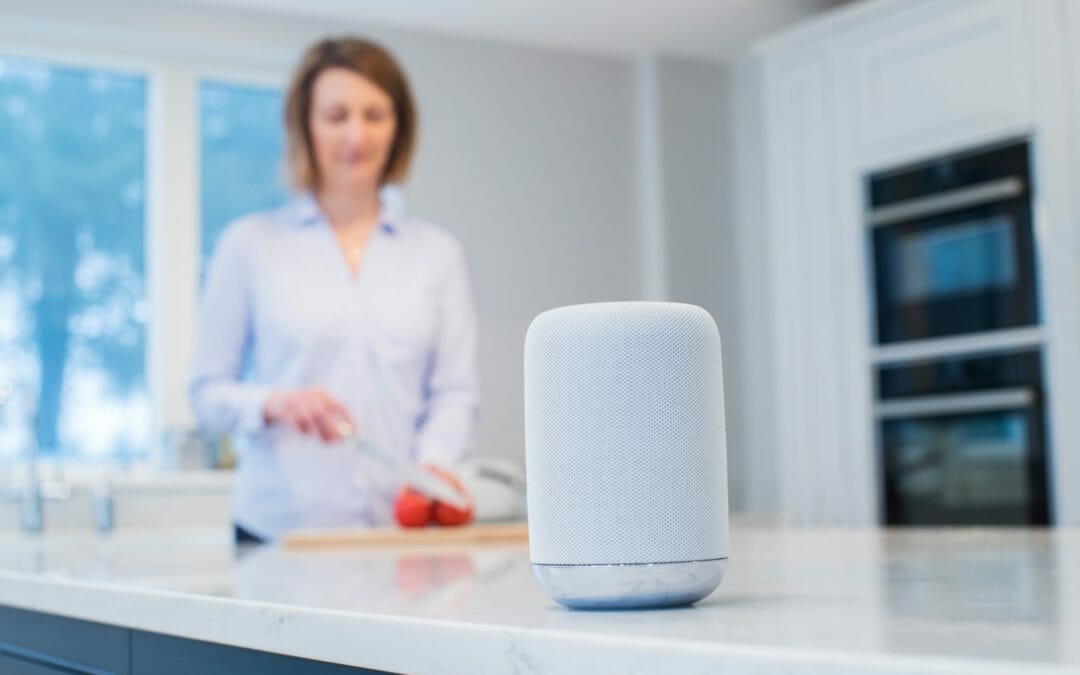Designing a seamless hardware and software interaction is more important than ever thanks to the Internet of Things (IoT), the network of web-enabled devices that are now found in many homes. While the early days of IoT focused on perfecting technical capabilities, customers now expect a refined user experience, too. And today’s users expect their Internet-friendly devices to work seamlessly, requiring UX designers to connect ever more complex operating systems.
Here are four tips for creating a positive Internet of Things user experience.
Unifying the design
Start by examining the issue of how to best unify the multiple interfaces and data streams now making up the IoT. For example, an Internet-enabled scale must display data on the scale itself while also sending that data in a user-friendly graphical format to a smartphone or computer. While both user experiences are different, they must also be unified in terms of design and functionality to ensure a frictionless experience across devices.
Transparency and assistance
How does the IoT user experience bridge the physical and digital worlds? Does the user experience build trust? These questions reflect the principle of information transparency, which helps users understand where their data is stored and how to access it.
What about technical assistance? One of IoT’s biggest benefits is the ability to provide data that helps people improve their lives. For example, an Internet-enabled thermostat can help keep homes more energy efficient. But adding connected solutions like this often means introducing multiple pieces of hardware. If all of them aren’t integrating well, the result is a poor user experience. If such an issue arises, has the designer built a help functionality into the design?
A seamless experience
Many IoT systems make decisions based on defined logic, meaning all the devices must communicate together to ensure a positive user experience.
Luckily, tools like visual modeling and IoT simulation allow UX designers to test this user experience and ensure everything is working seamlessly. Visual IoT modeling goes beyond the mechanics and electronics of CAD models to allow a full IoT representation. An IoT simulation allows for a visualization of all the connected devices, servers and apps working together, allowing designers to anticipate problems or look for ways to improve the end experience.
Design methodology
Designing for the IoT is complex. Utilizing two popular design methodologies—Stage-Gate and design thinking—can help.
Stage-Gate is a methodology centered on three steps: carrying out tasks from a detailed plan, reviewing the outcomes, and reaching a “gate” where project leaders determine the next action. After each of these steps is addressed successfully, the design team can then move to the next stage. The use of visual modeling and virtual prototyping is central to Stage-Gate.
Design thinking is a customer-centric approach that reinforces the idea of the IoT a tool to help meet user needs. Each step of the design thinking process considers what the user’s needs truly are.
Both methodologies make ample use of user-centered iterations to ensure that the designer is on the right track toward creating a seamless IoT experience.

